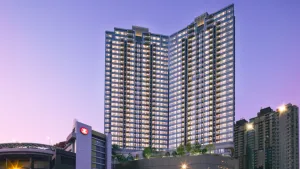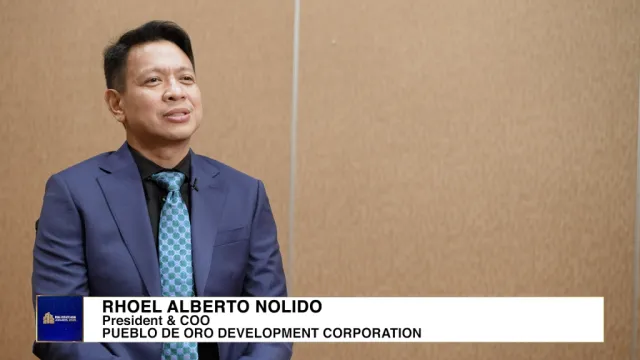Hong Kong
Hong Kong home sales up 59.1% to 6,202 units in May
Hong Kong home sales up 59.1% to 6,202 units in May
The growth was driven by a number of new launches during the month.
Hong Kong warehouse rents slip 1.5% in Q1
The vacancy rate also declined from 1.5% to 0.9%.
Hong Kong mass residential prices could hit new highs this year
Consumer sentiment is likely to turn positive in the second half of 2022.
Why Hong Kong hotels are being converted into co-living facilities
More investors are looking for suitable assets for such conversion.
Hong Kong luxury retail street turns into a food street
Russell Street in Causeway Bay has transformed over the course of the pandemic.
Hong Kong office rents rebound to late-2021 levels in April
Rents in Central inched up 0.9% to HK$114.5 per sq ft.
Medical real estate demand set to skyrocket in Hong Kong
The Grade A office market will provide substantial opportunities for medical occupiers over the next five years.
Hong Kong home sales up 35.8% to 3,897 in April
One of the notable transactions was a house at Villa Cove that sold for HKD125.5m.
This Hong Kong submarket had the highest office vacancy rate in April
The vacancy rate for this submarket reached 12.8% last month.
Hong Kong prime street shop rents drop 5% in Q1
Rents in major shopping malls also declined 5.1%.
Hong Kong property investment drops 46% to USD1.4b in Q1
Almost half of the transactions were from the industrial sector.
Office vacancy rate in Hong Kong Central stable at 7.2% in March
Vacancy rates in Admiralty and Wan Chai were at 8.4% and 11.2%, respectively.
Hong Kong residential transactions slip 1.5% to 2,869 in March
Secondary sales accounted for 94.4% of all transactions.
Why Hong Kong hotels remain a coveted real estate investment this year
There has not been any significant distressed assets in the sector despite the pandemic.
HK total property investment volume down 46% in Q1: Colliers
Industrial and retail sectors saw the highest investment volume.
Hong Kong office vacancy rate drops to 9.1% in February
Kowloon East recorded the highest vacancy rate at 12.4%.
Hong Kong monthly home sales volume hit 2-year low in February
There were only 2,912 transactions during the month.
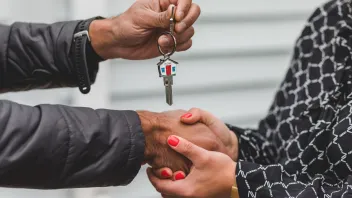
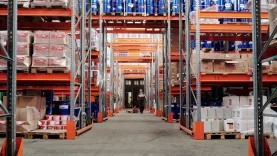
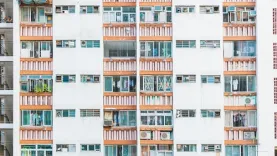
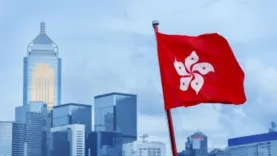
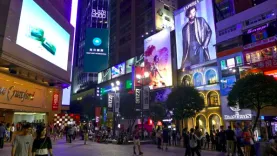
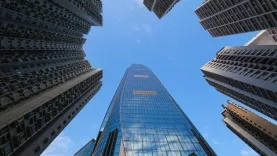

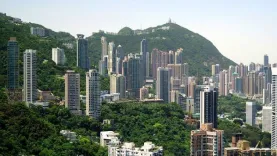
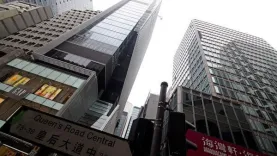
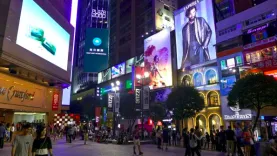
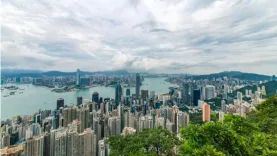
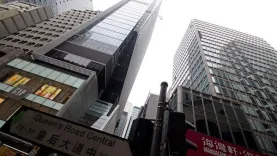

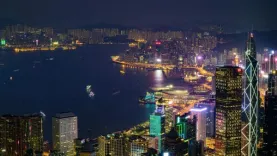
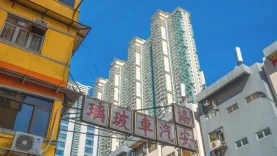

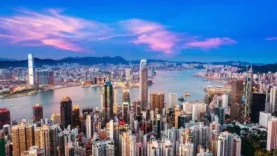

 Advertise
Advertise



